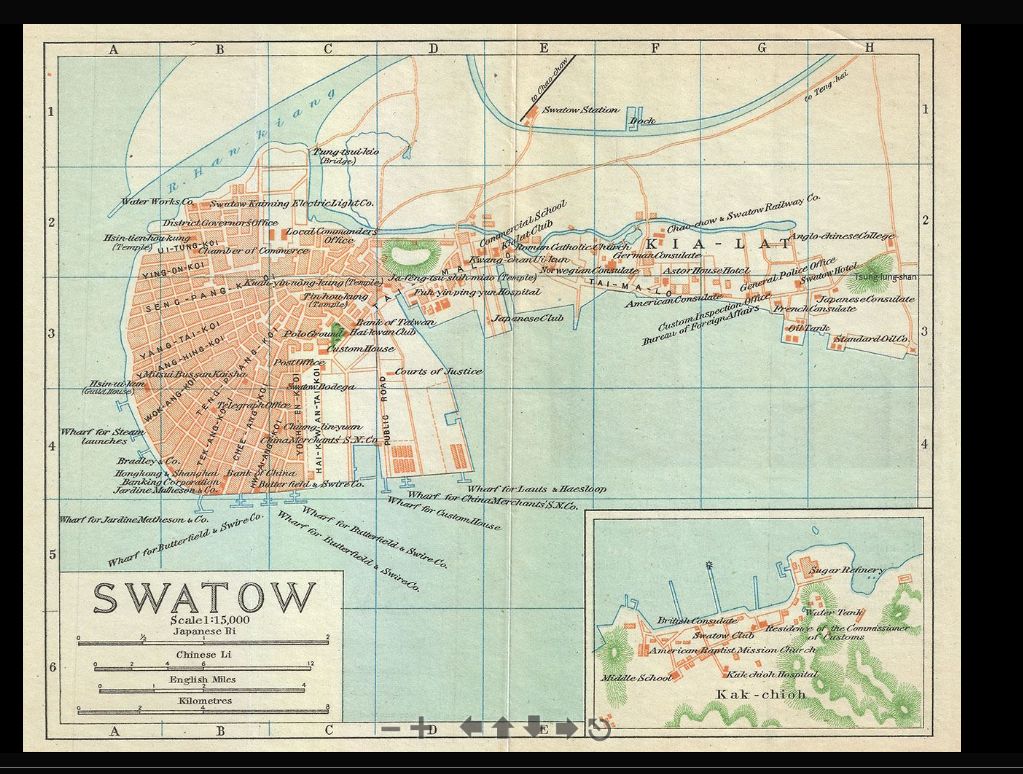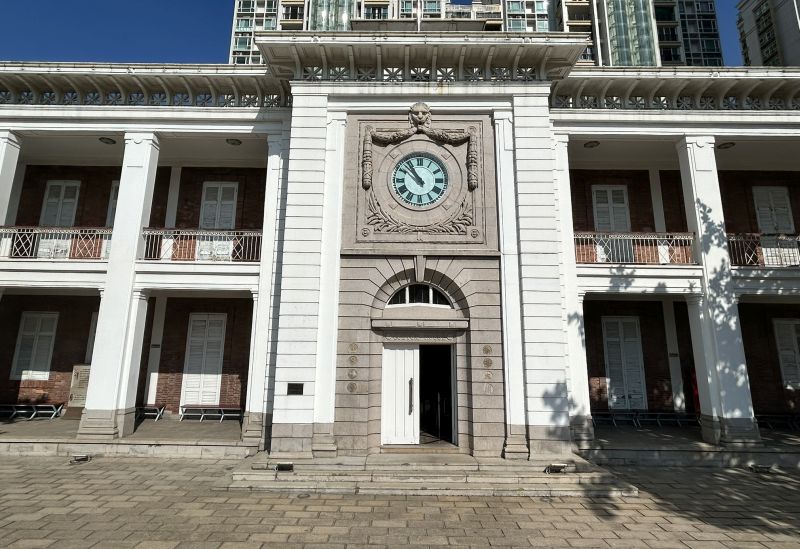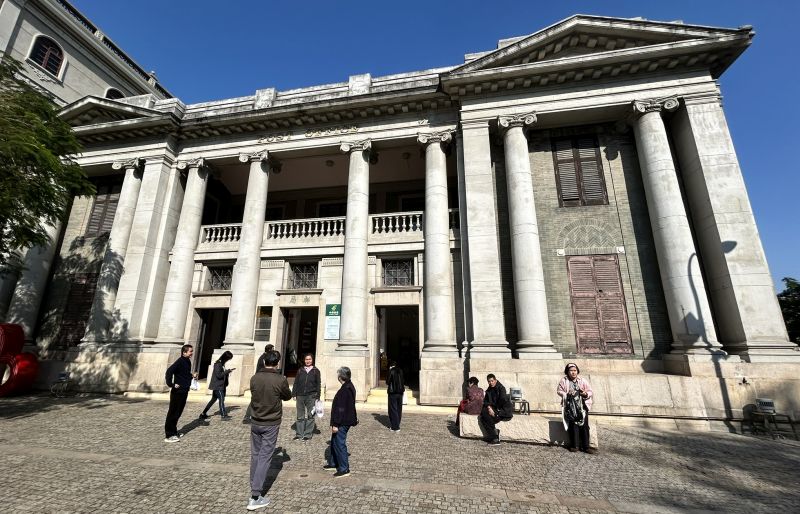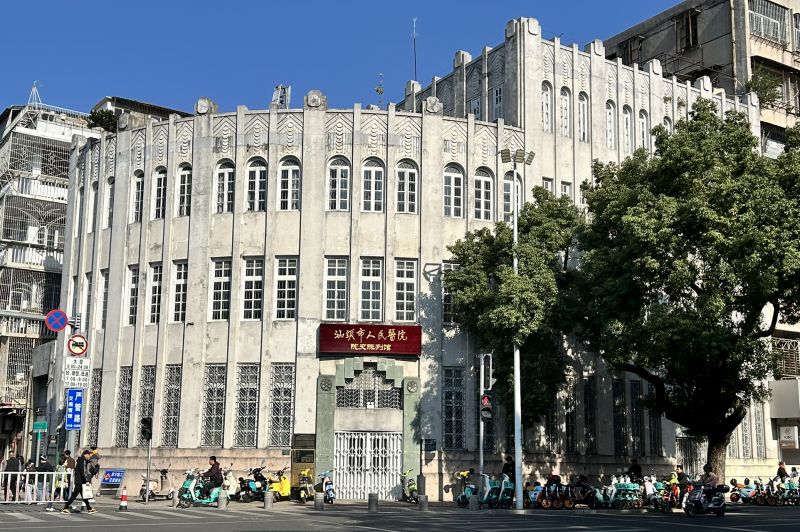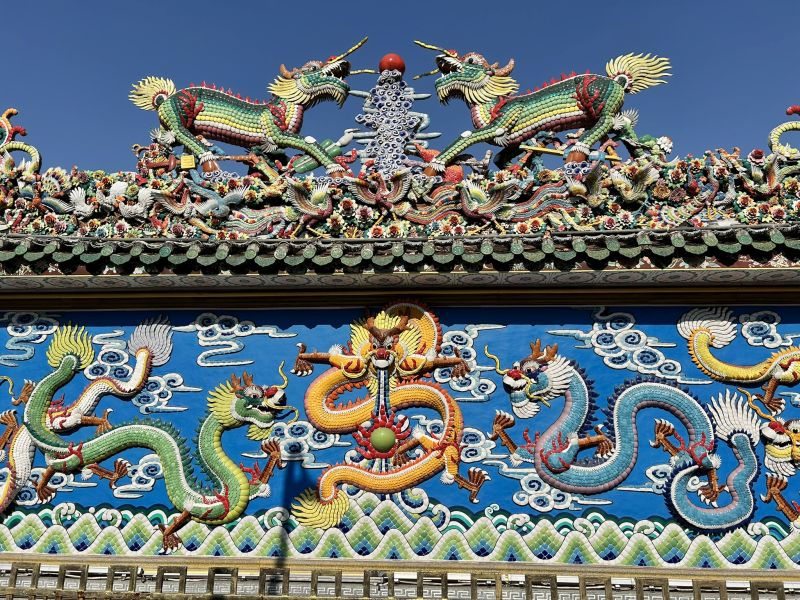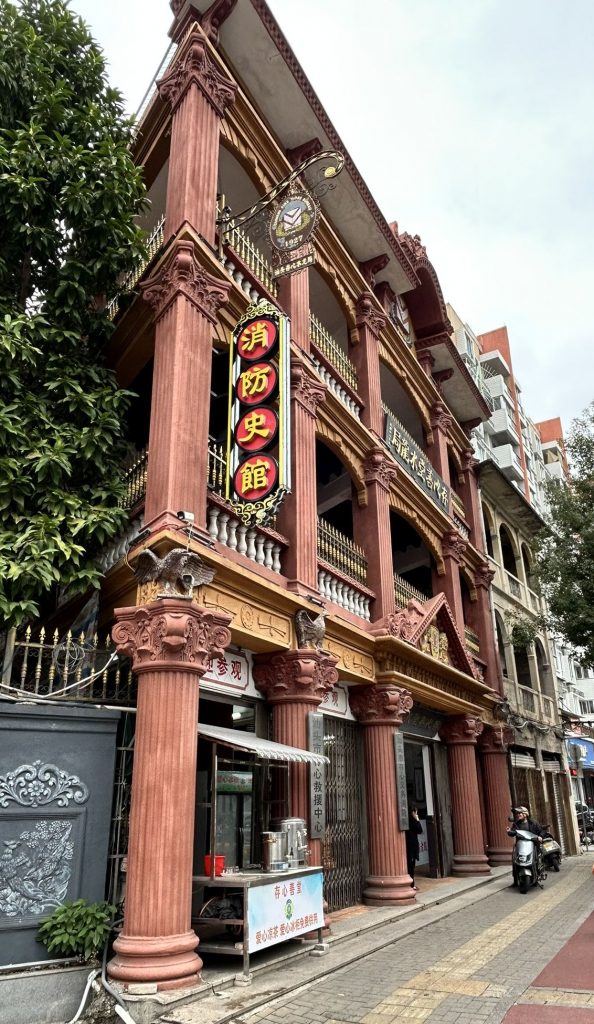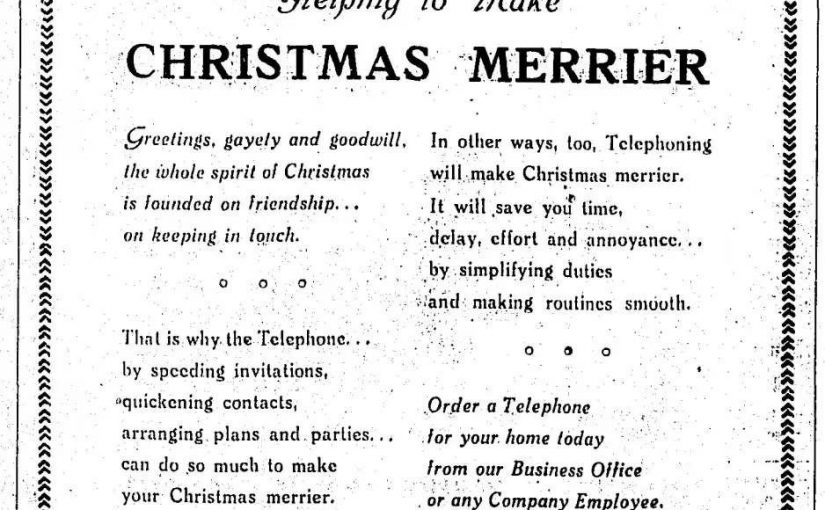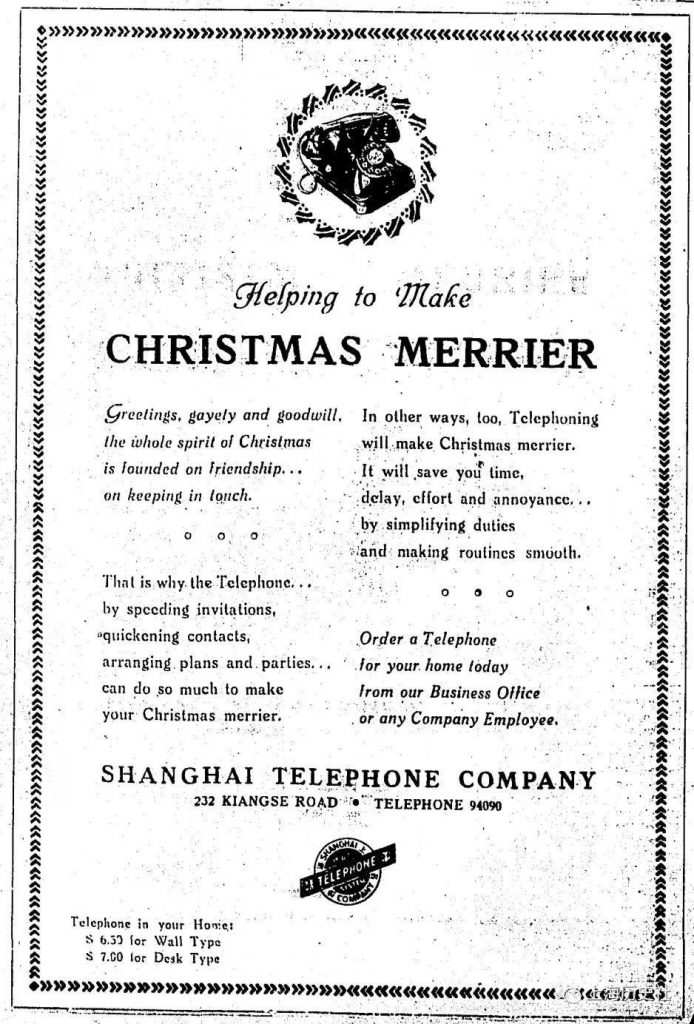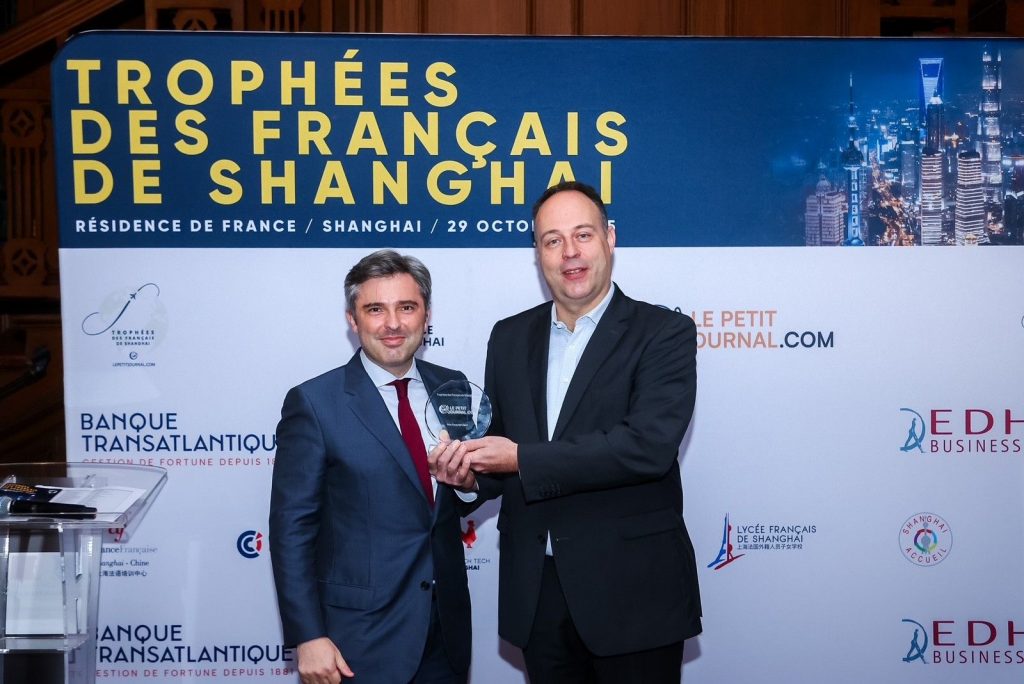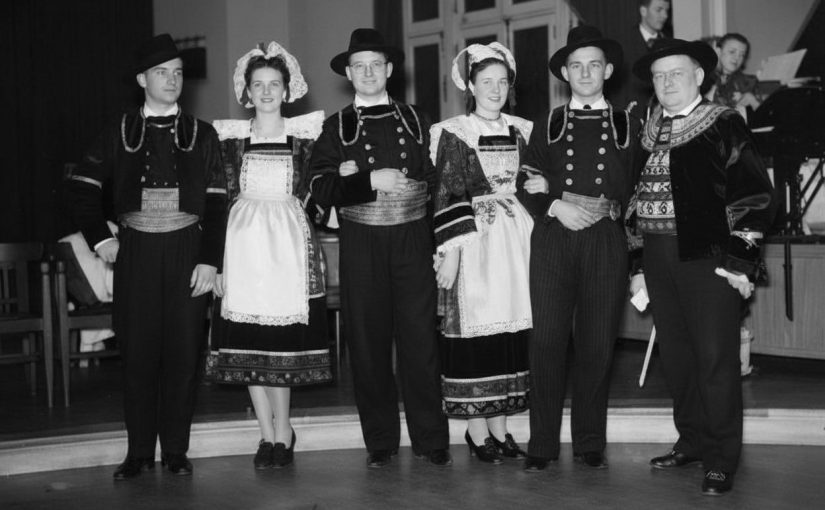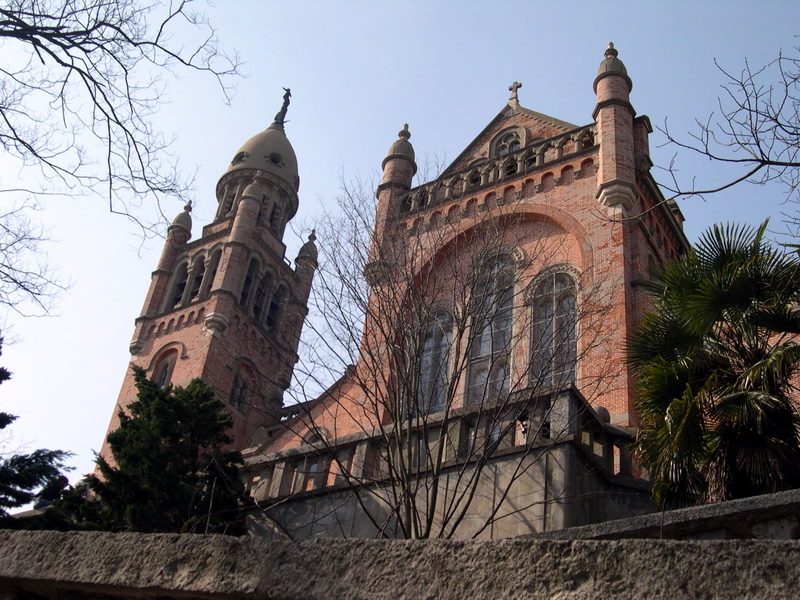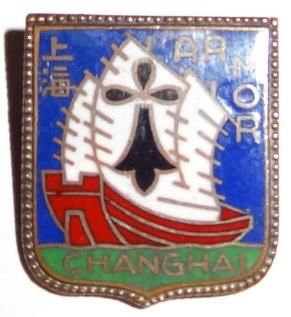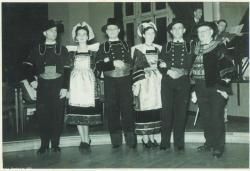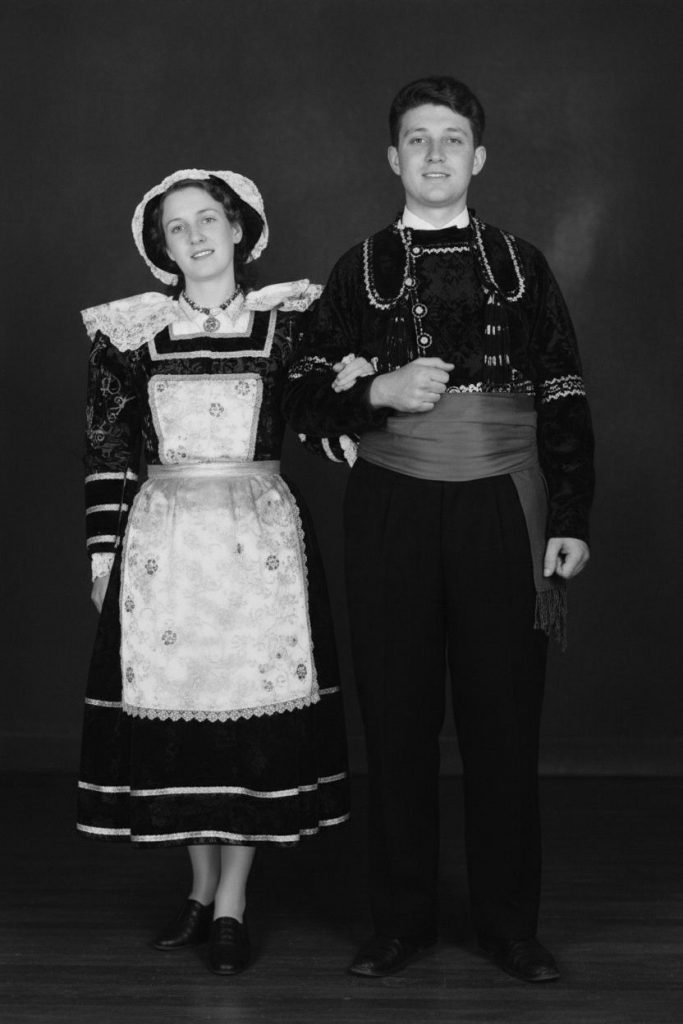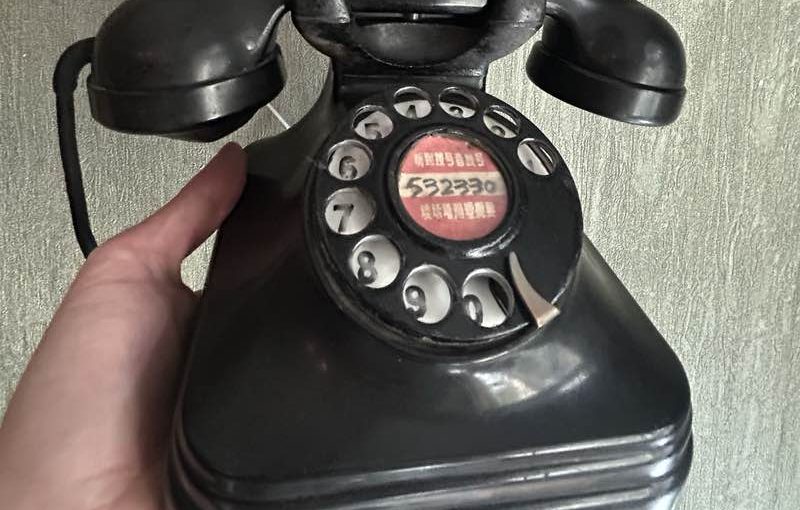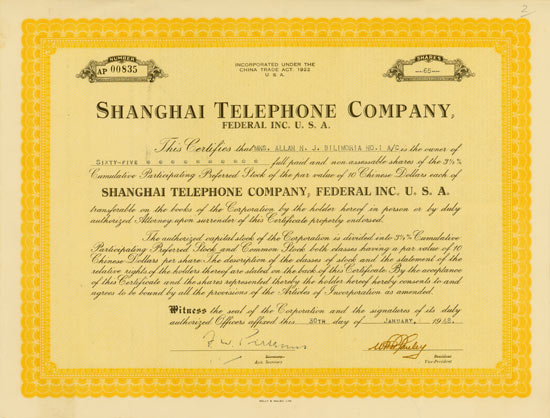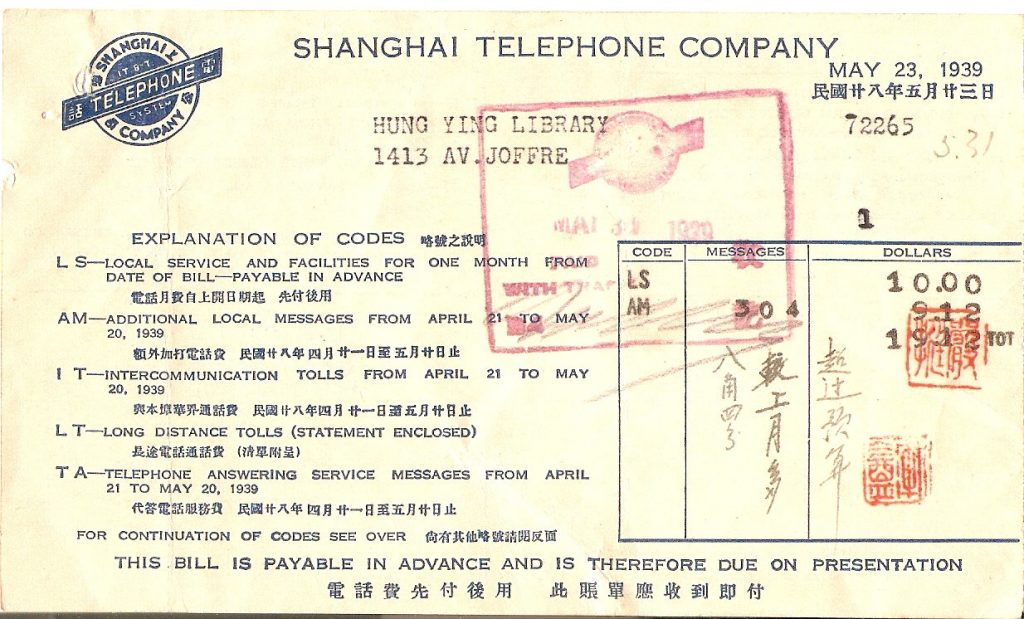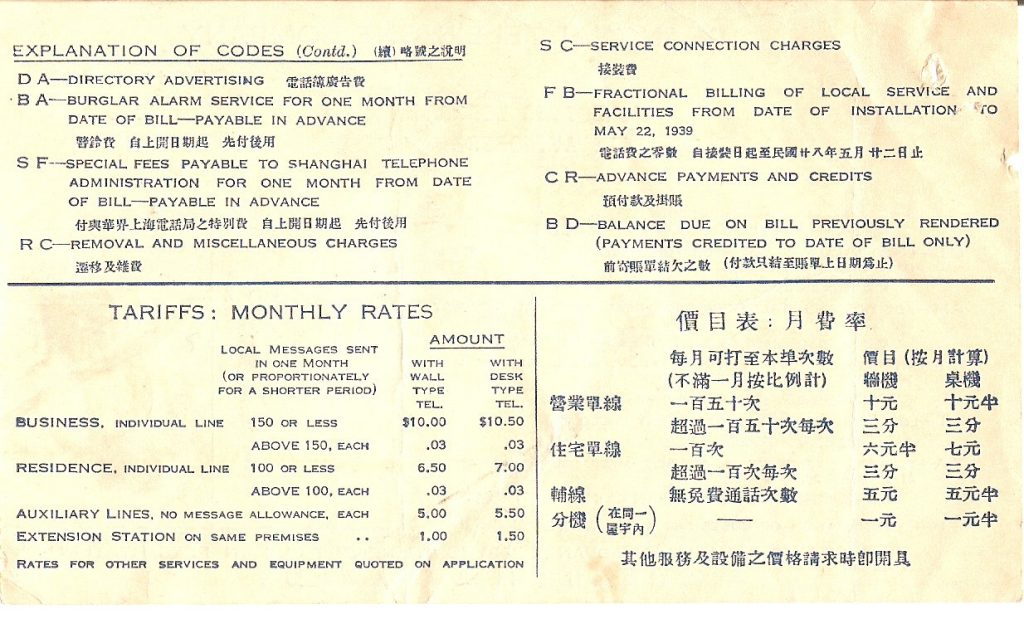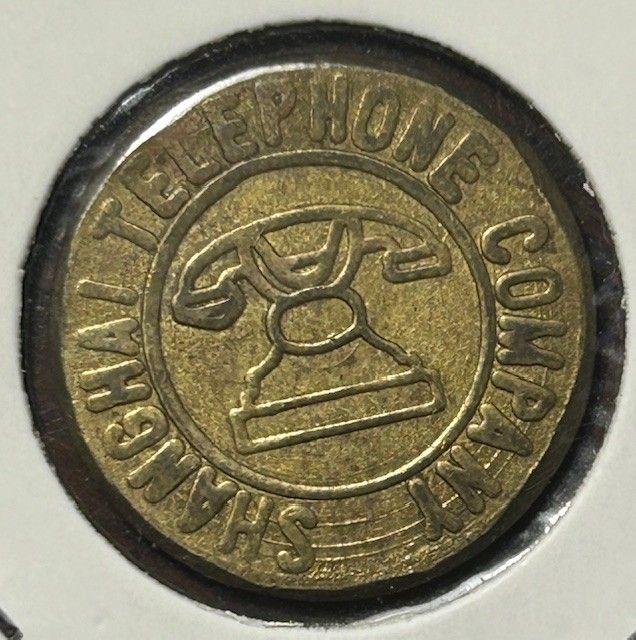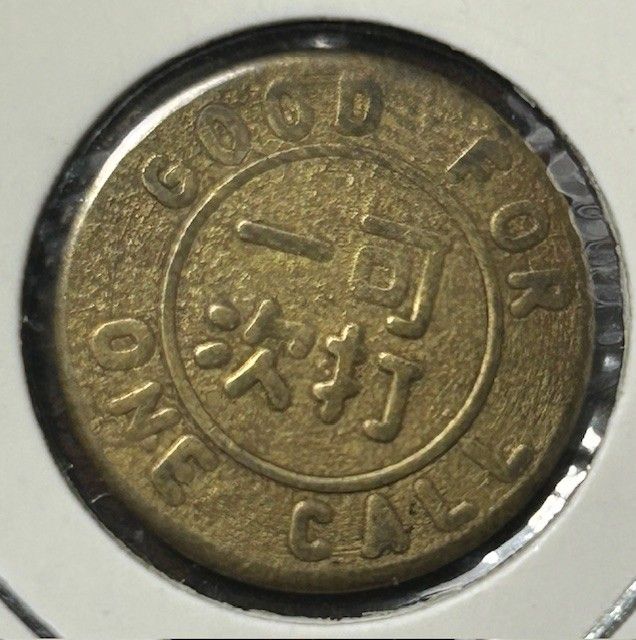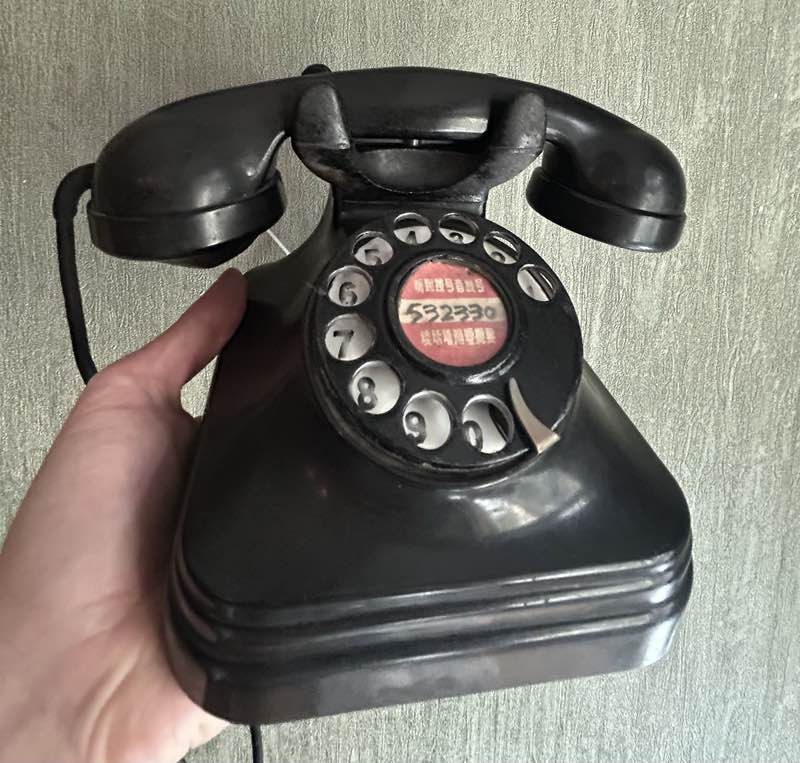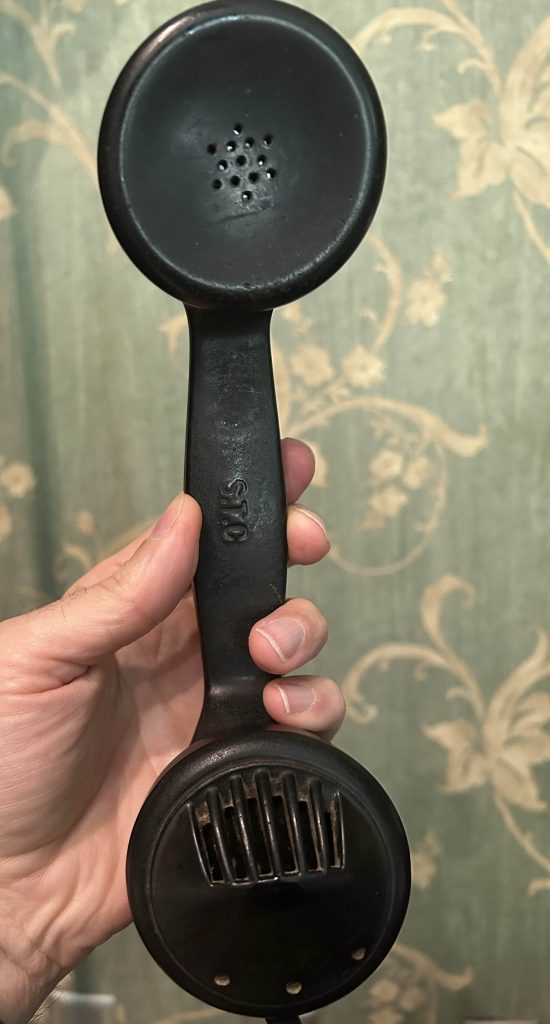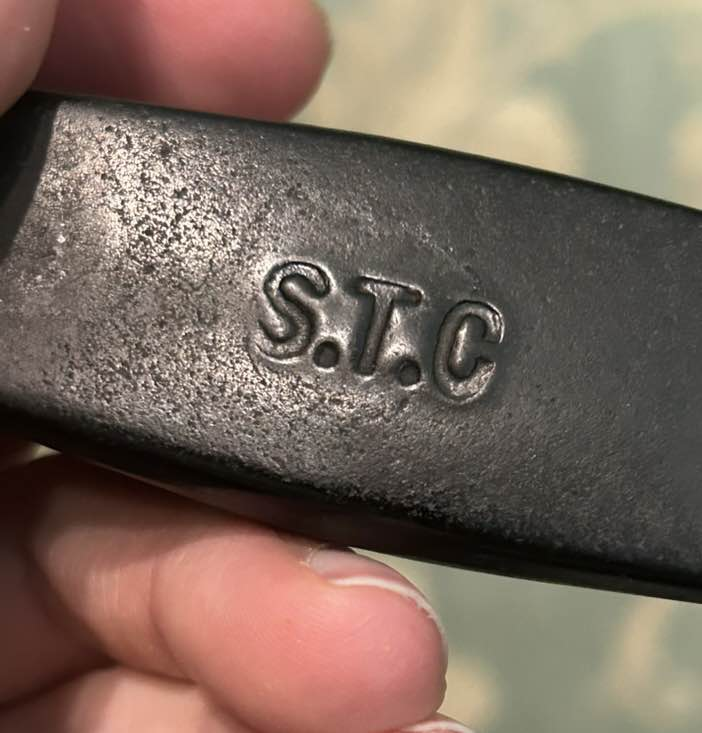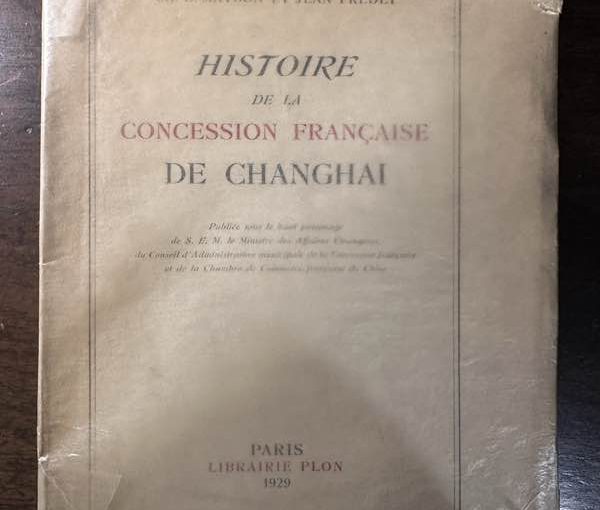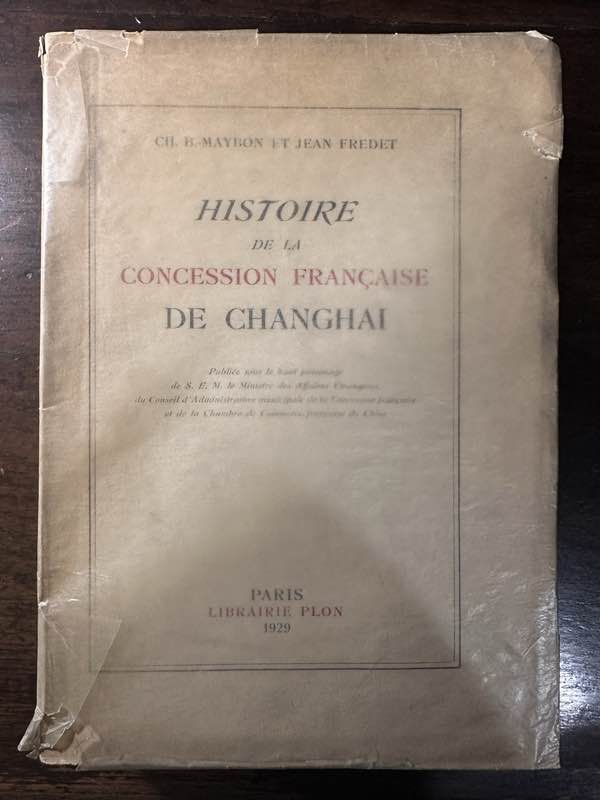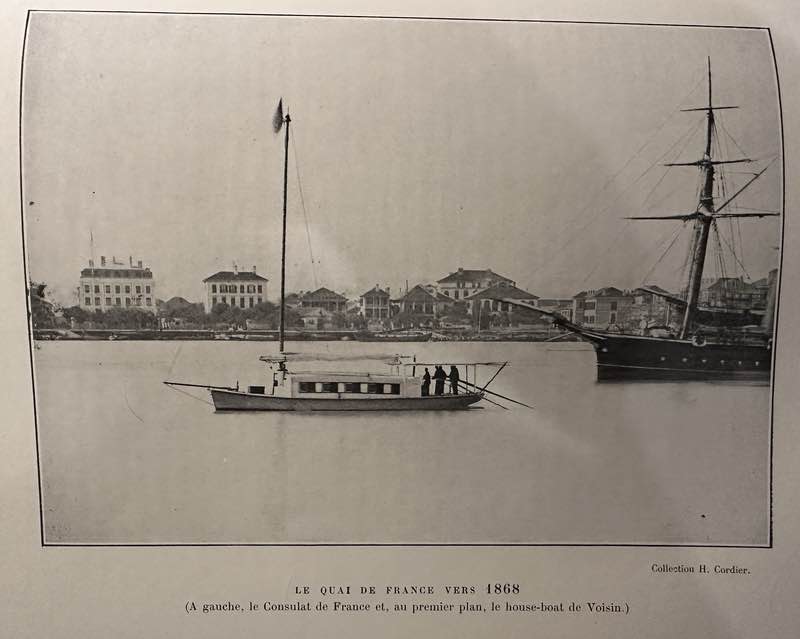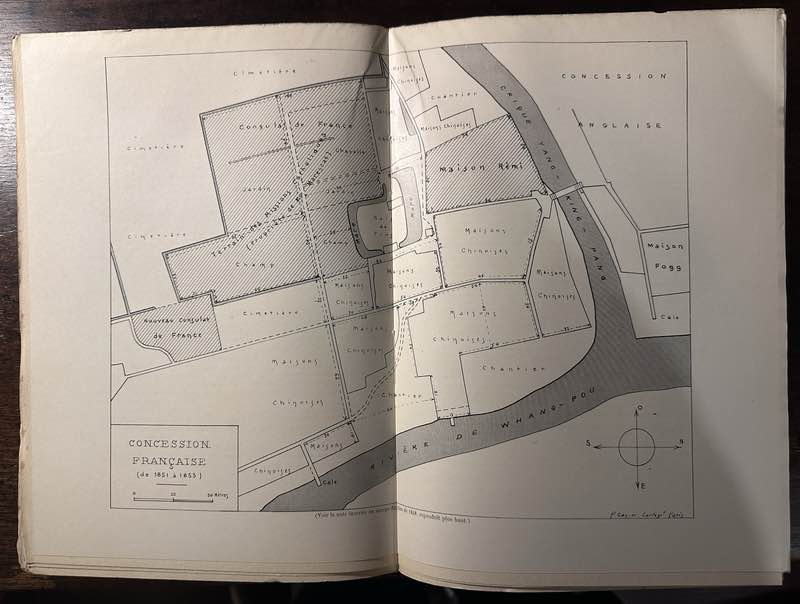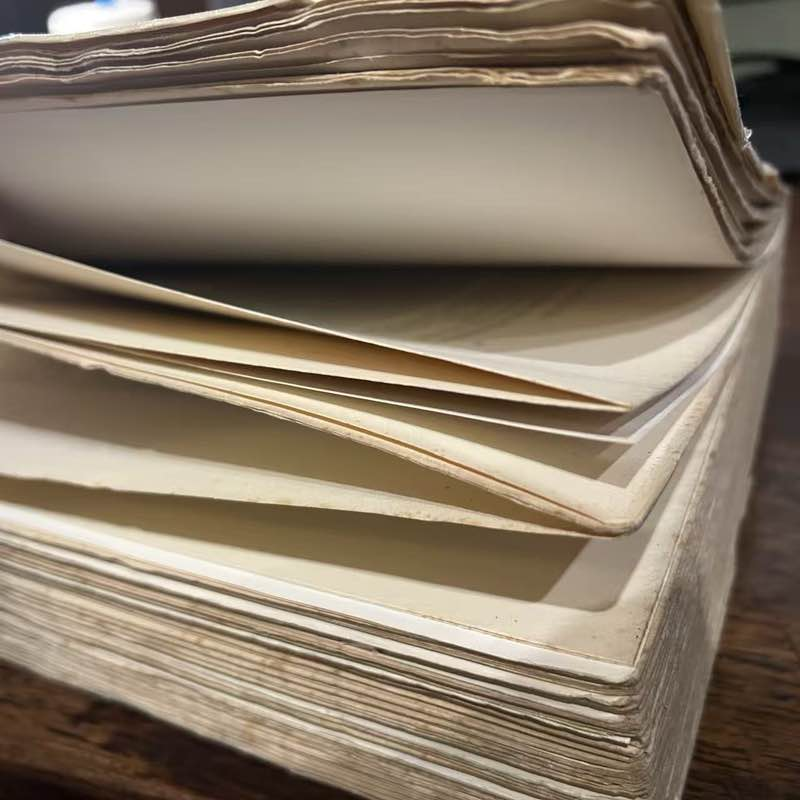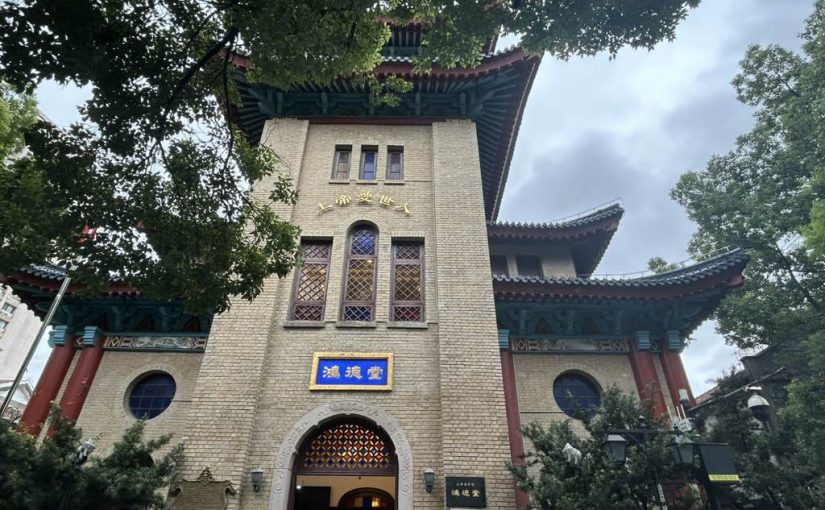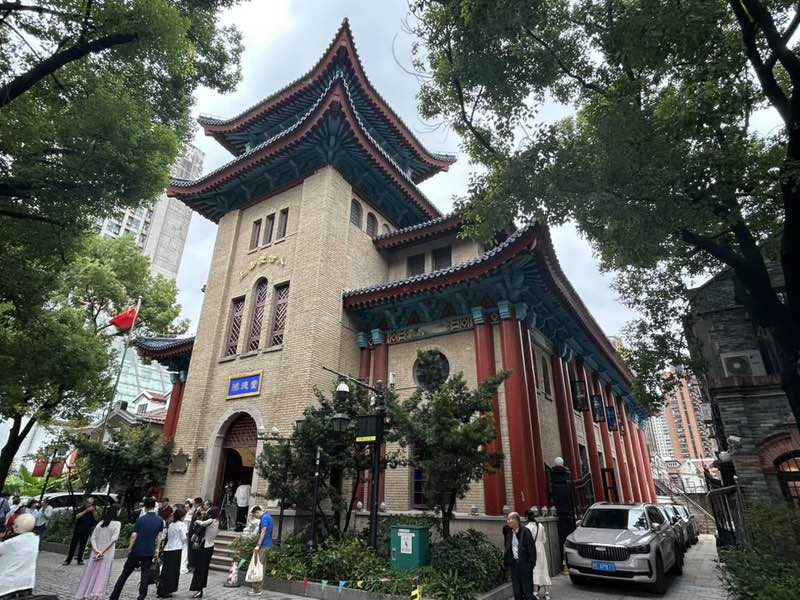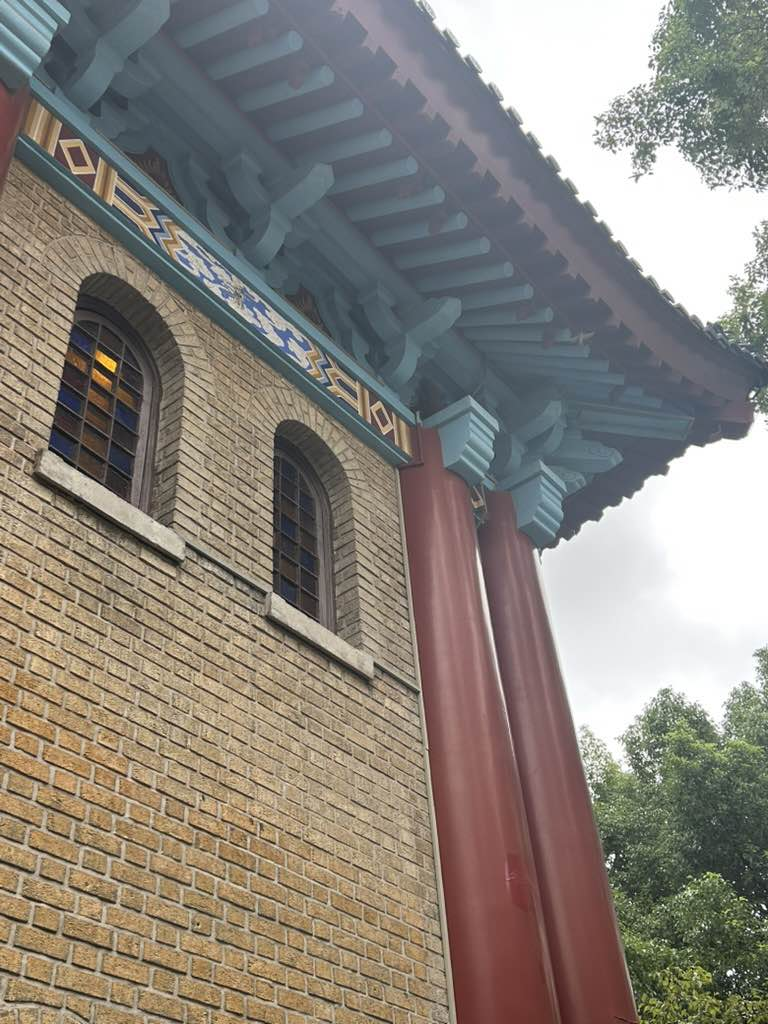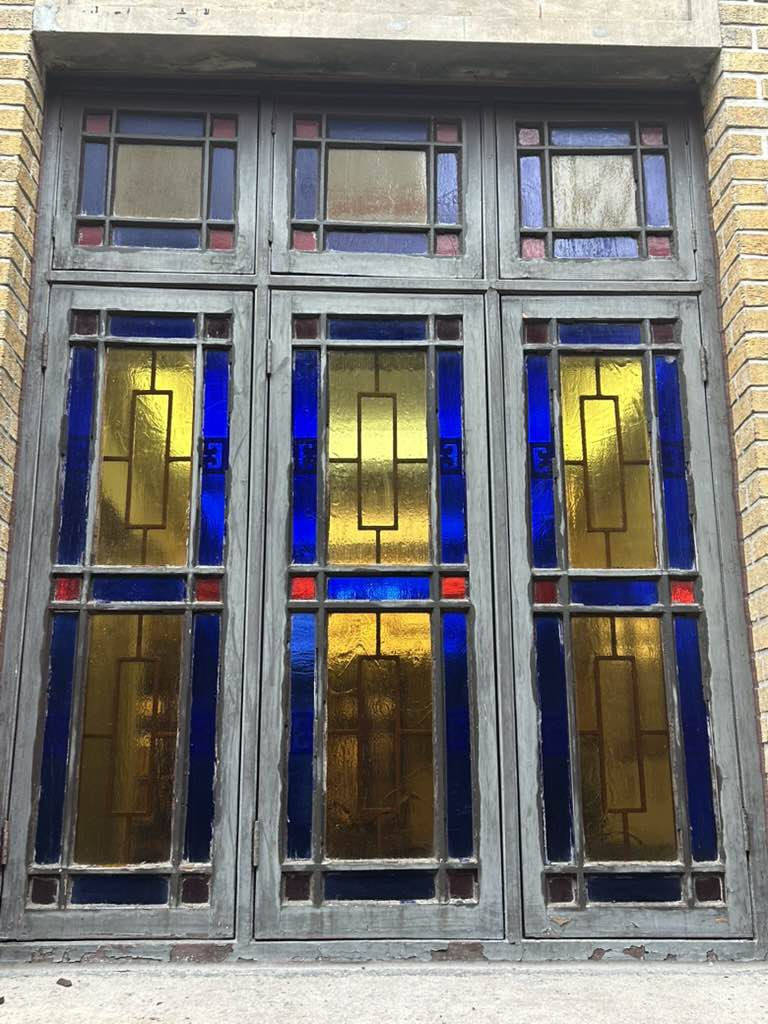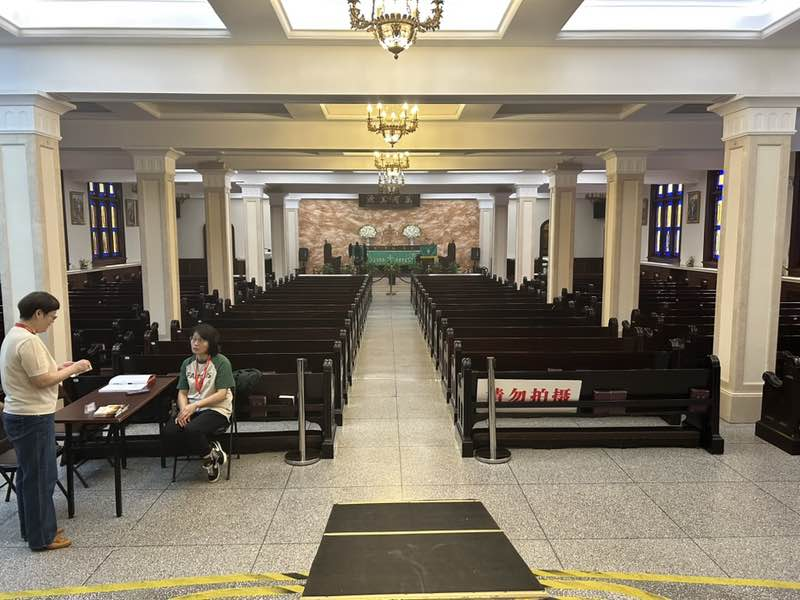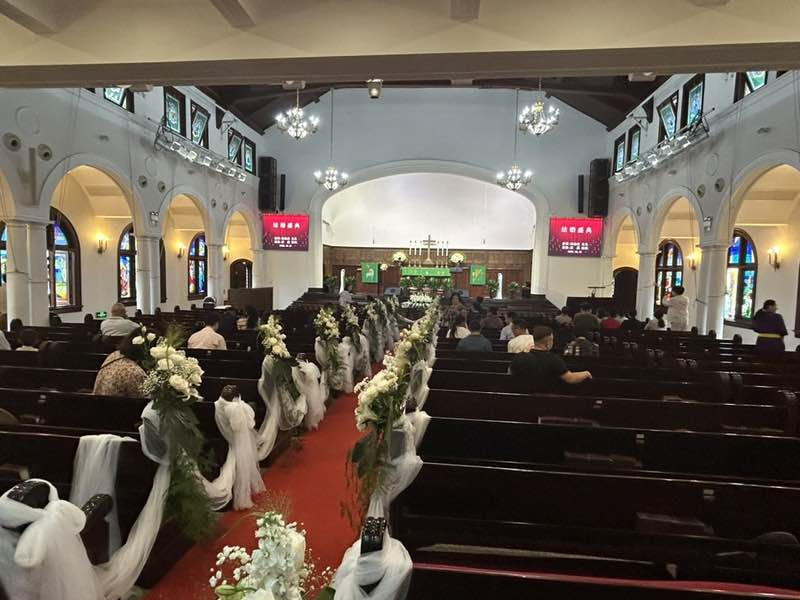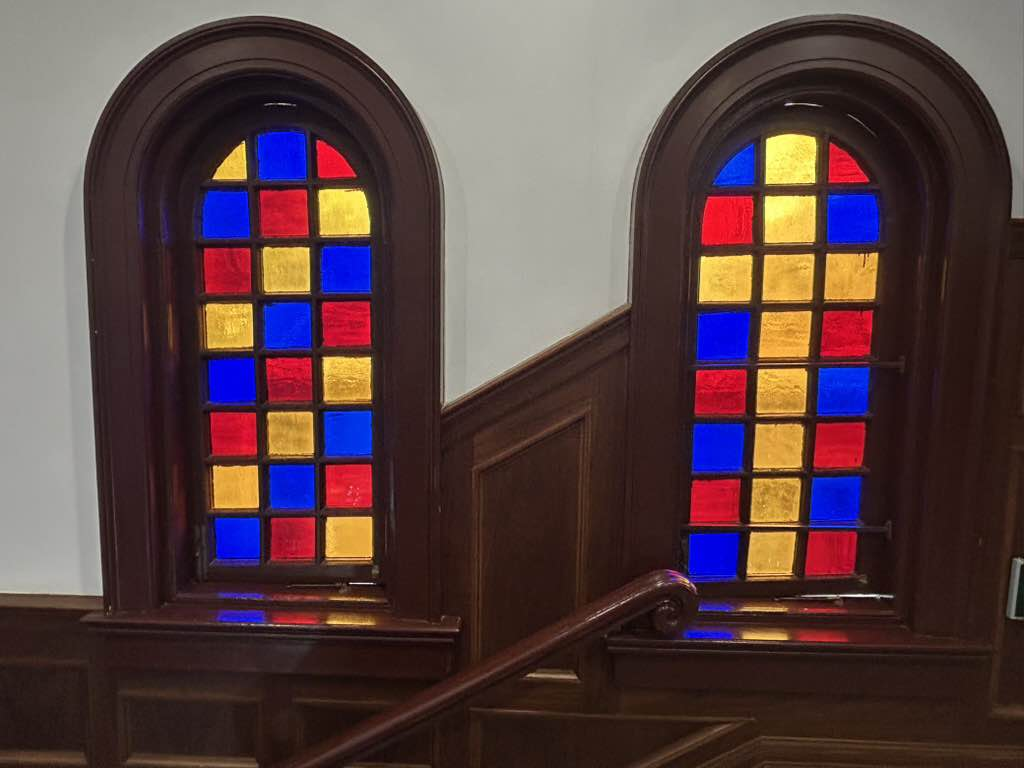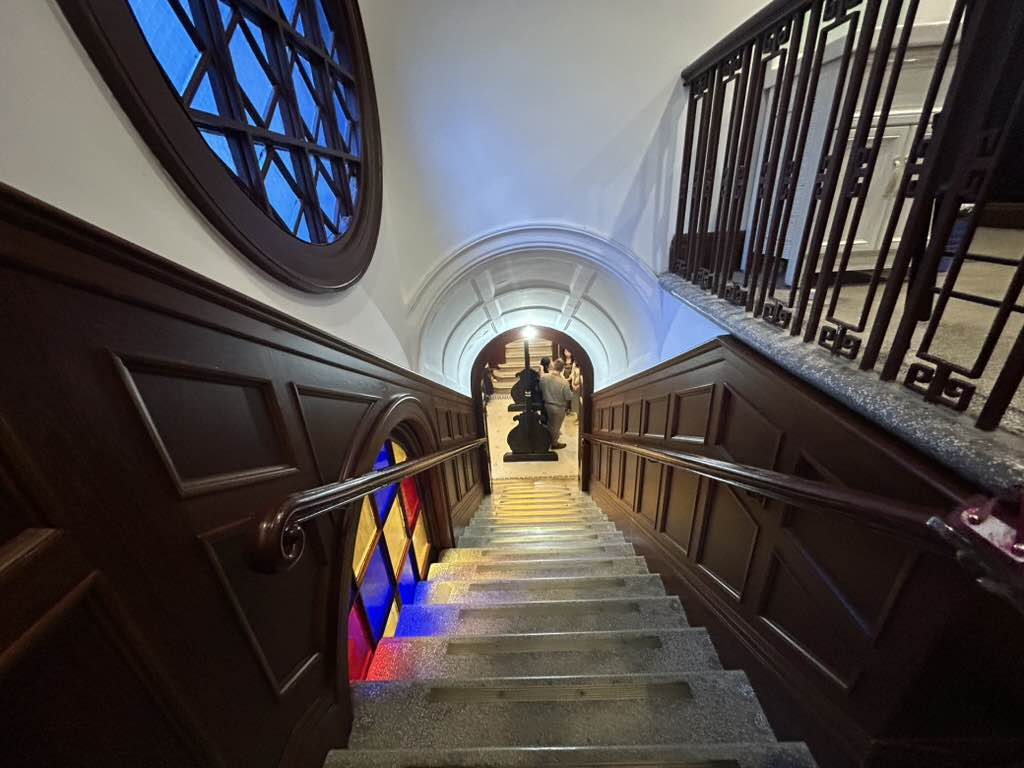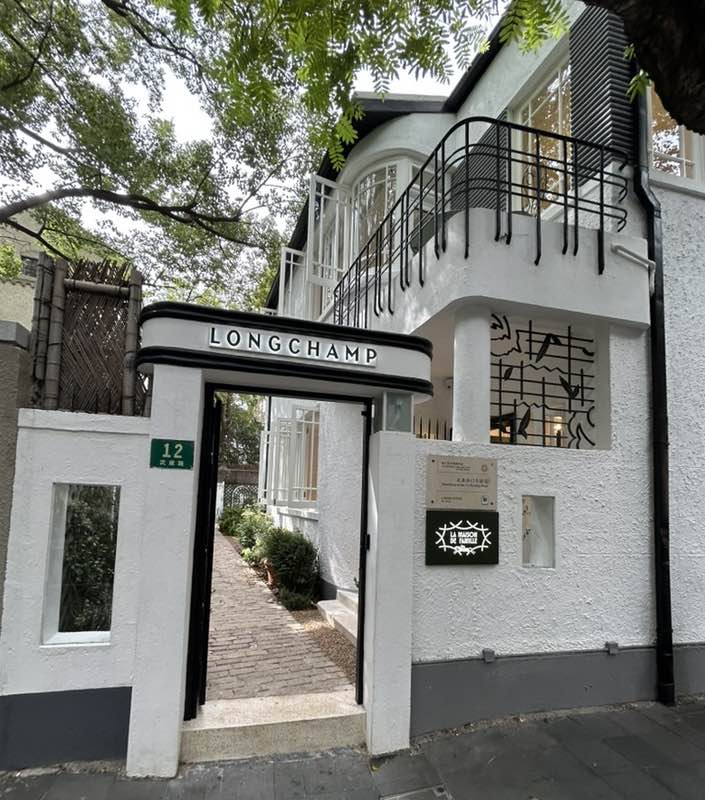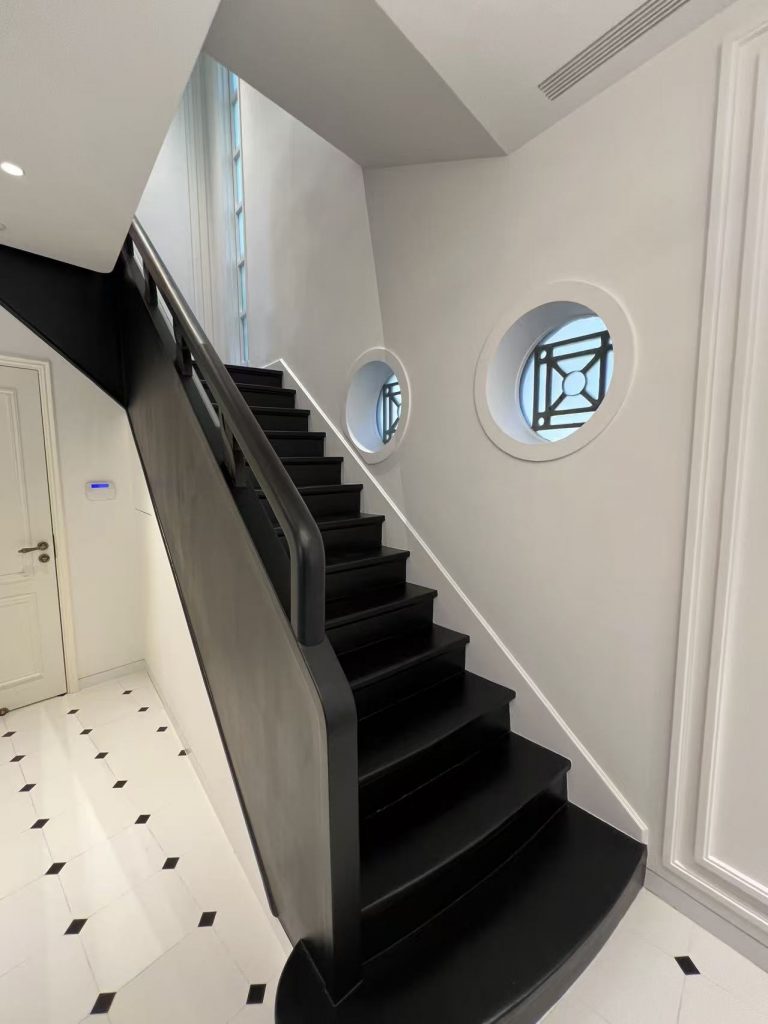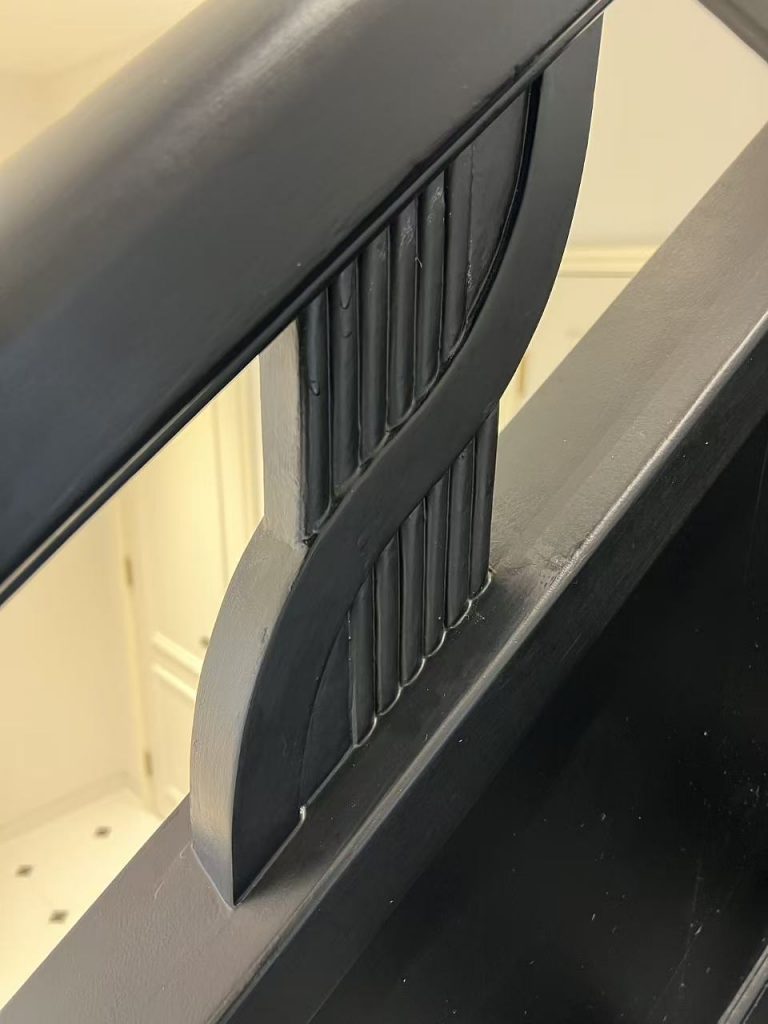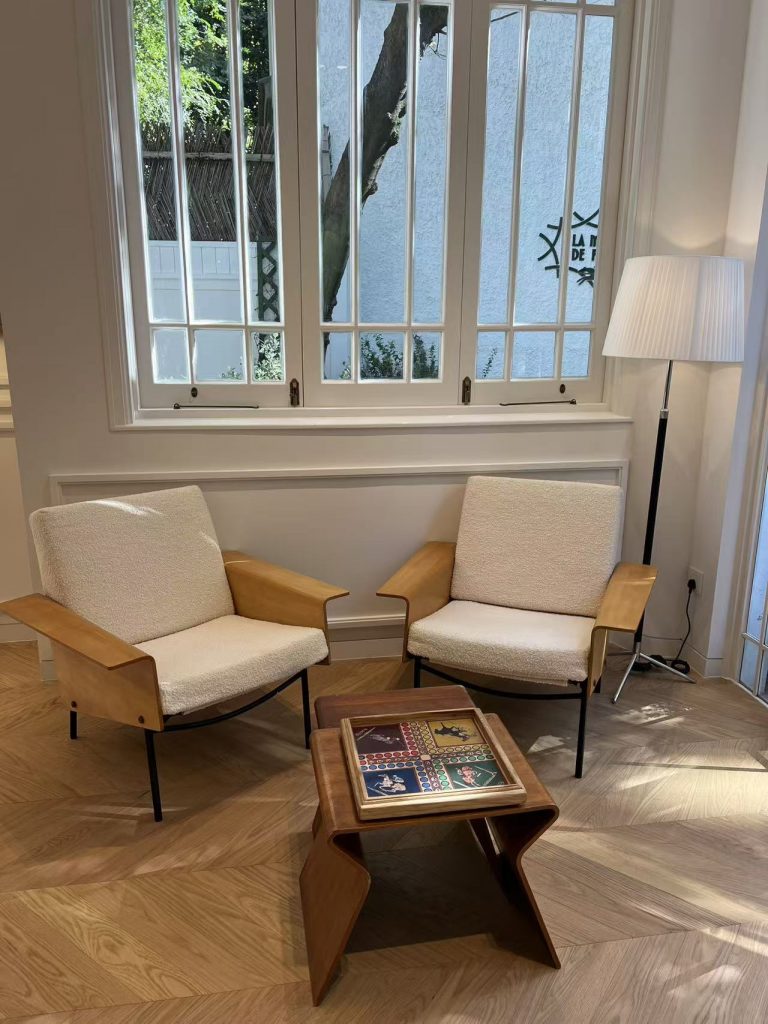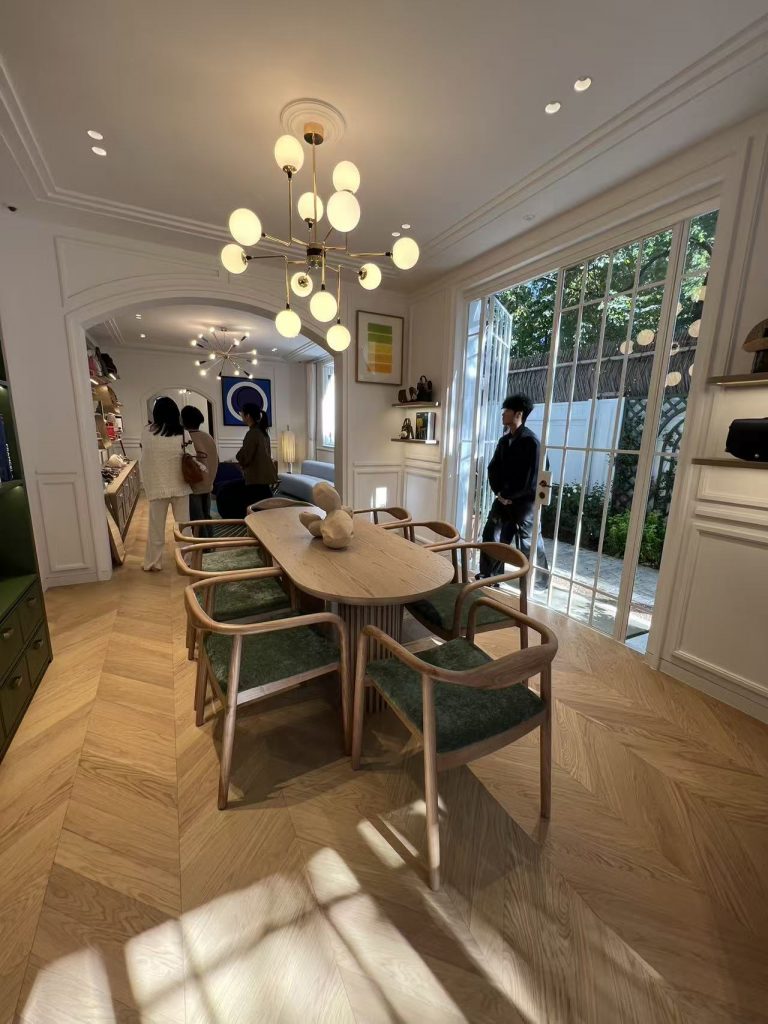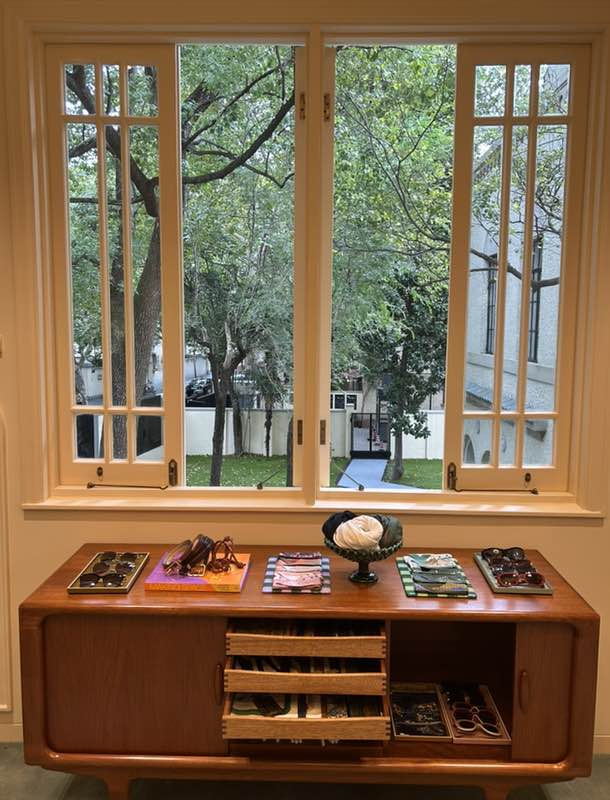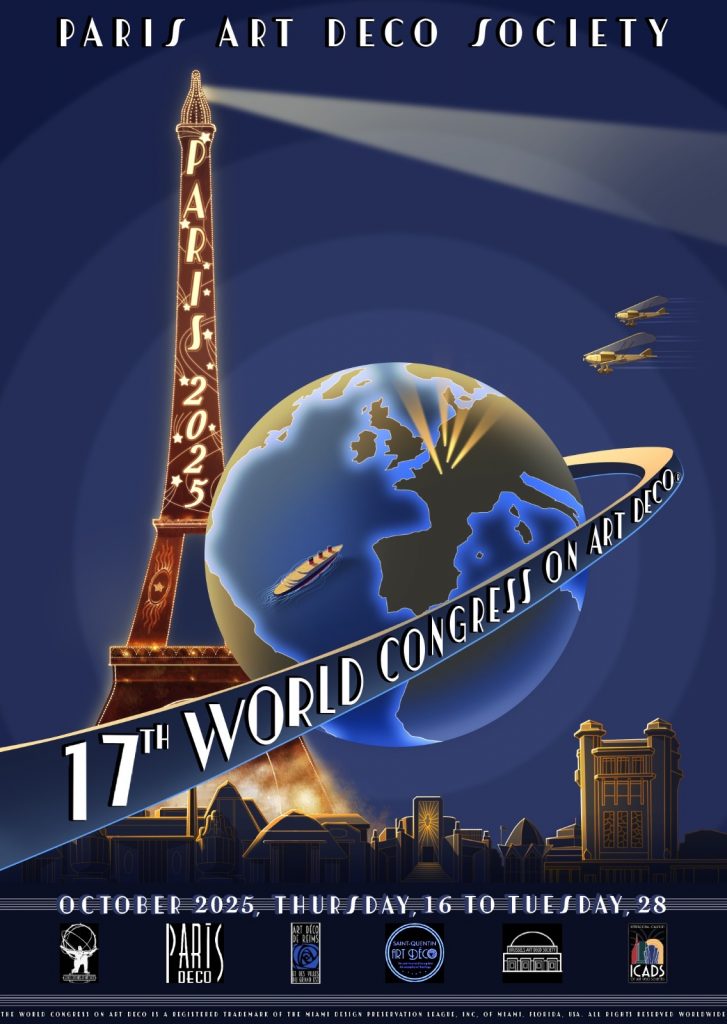2025 was a busy year for Shanghailander. The story of Stephanie Rosen-Hoa was presented to the French history association in Shanghai. The blog returned to a nearly weekly post schedule towards the end of the year and I received an award from French online daily “Le petit Journal”.
Here are the most viewed posts over this year.
1 – French Concession detailed map
Published in 2022, this post really took off in 2024 and continues to attract viewers since. There are not so many original detailed map of the French Concession online, hence the attention I guess.
2 – The rise and fall of the Majestic Hotel
The story of the star of Shanghai nigthlife in the 1920s, that disappeared in the 30s is a regular on the blog’s top searched posts. I wrote this post in 2017 due to was my own interest and the lack of information available on the topic. Apparently I am not the only one searching for the lost Majestic Hotel, as this post has regularly been on the top of the list since publication.
3 – Tasting Old Shanghai
This post is definitely the oldest on the list, being from 2010. Talking about the Park Hotel bakery that started in the 1930s and is still running today. This post is probably popular for its link to Old Shanghai but also 1980s Shanghai nostalgia that is coming back in force, as shown by Wong-kar Wai TV series Feng Hua/ 繁花.
4 – Farewell to Lynn Pan
Lynn Pan, the grand lady of the Shanghai style, sadly left us in 2024. 2025 saw her friend and Old Shanghai lady Tess Johnston joining her. Both are sadly missed.
5 – Bretons association in Old Shanghai
French regional associations were strong in Old Shanghai. The main one was probably the Bretons one. This post was picked up by today’s Shanghai Breton community, which is sharing a strong interest in the topic.
Best wishes from the Shanghailander blog for 2026! The community has been steadily growing in 2025 and will hopefully continue to grow in 2026 when the blog will turn 20 years old! Feel free to share articles with your friends interested in Old Shanghai.
Shanghailander articles are published on an irregular basis. To be notified when a new article is posted, subscribe to the newsletter using this link, or follow the Shanghailander Facebook page
